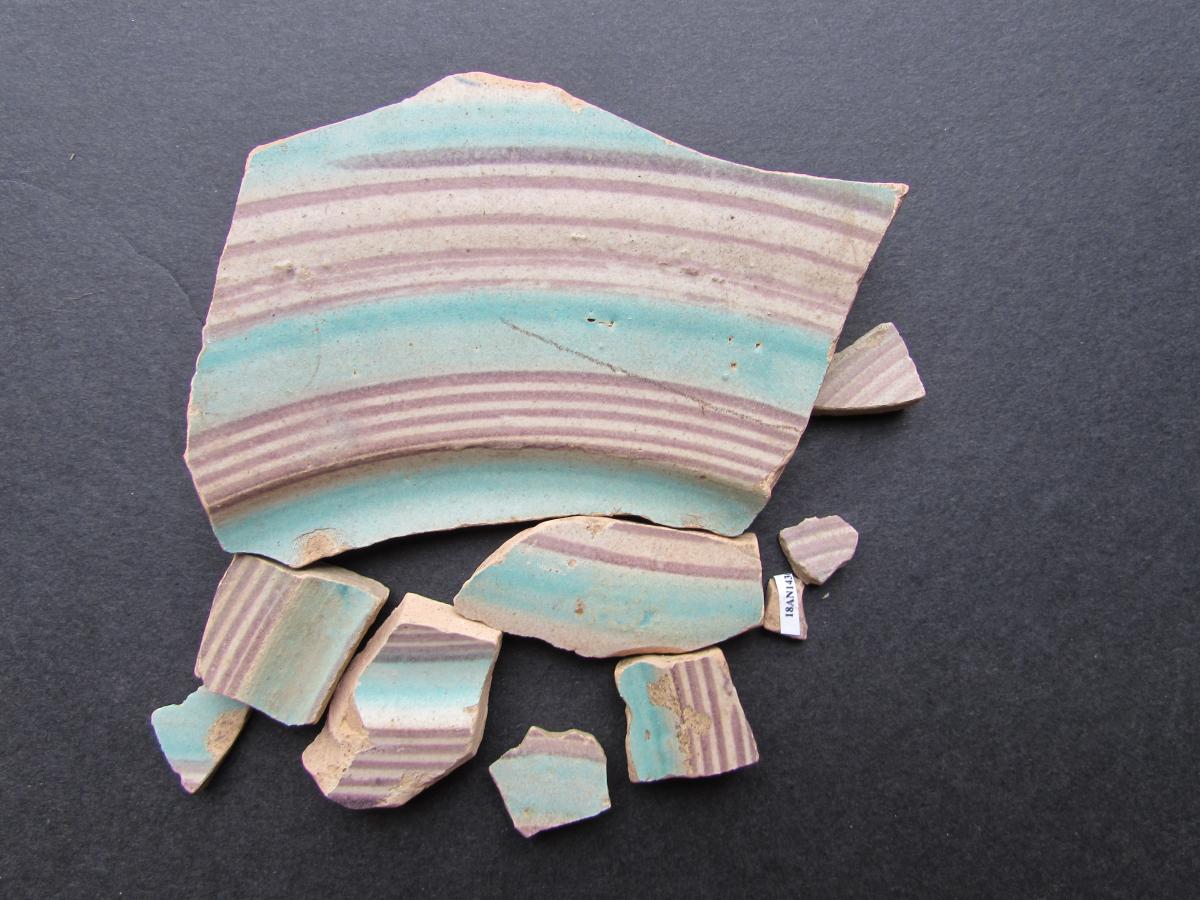Research ProjectShaw's Folly
Affiliated Labs
Description
Before the Sellman family arrived, the Shaw family possessed the land (1666-1729). The site is on the edge of a cultivated field and was discovered by security guards at SERC who noticed a scatter of artifacts in a freshly plowed field.
Investigations by volunteer scientists began in 2014 starting with three non-invasive surveys. Since archaeology is a destructive science (once we dig things up we can't put them back) these methods helped us determine where to dig.
With the results from these surveys, we decided to begin digging where the metal detector concentrations overlapped with an anomaly in the magnetometer survey.
Non-Invasive surveys
Surface Collecting:
We began by walking the field, flagging all artifacts we found on the surface with pin flags. These were then mapped with a total station.
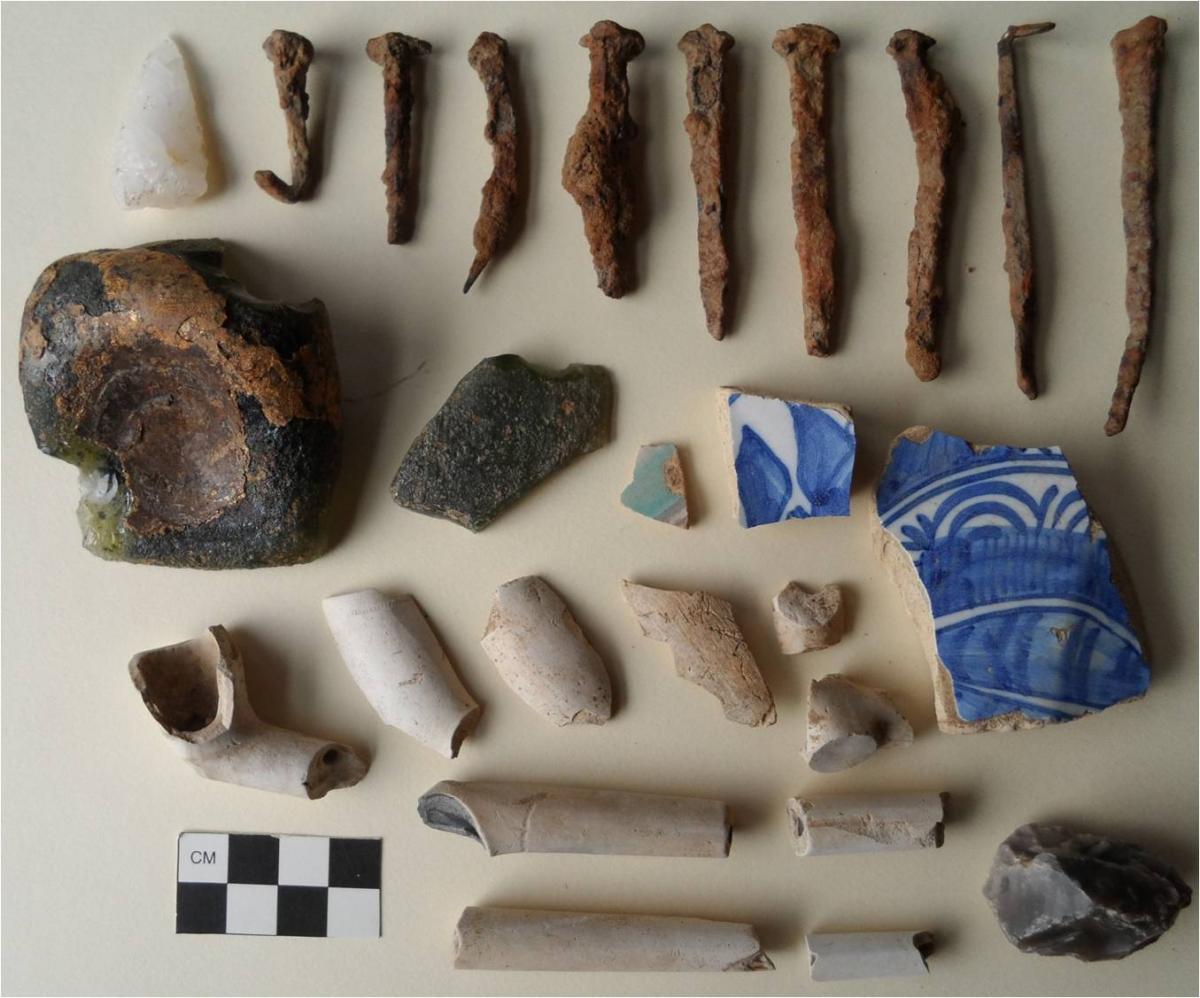
Metal Detecting:
We systematically walked the field with metal detectors marking all metal hits with pin flags. These were also mapped with a total station and the point data was used to create a digital map using AutoCAD.
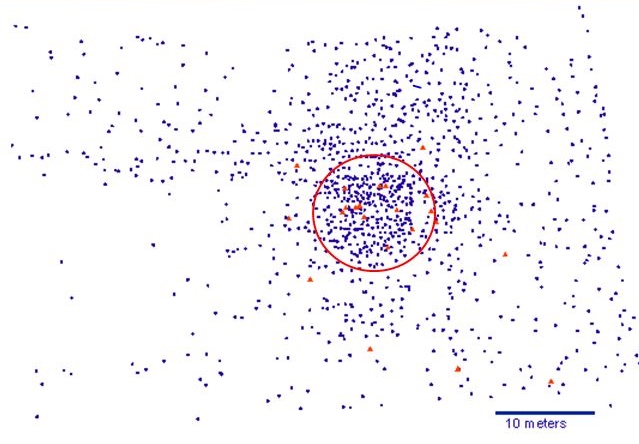
Magnetometry:
Thanks to Dr. Laura Cripps and Howard Community College, we were allowed access to an FM256 Fluxgate Gradiometer which measures variations in the magnetic field below the ground. The results of this survey show three anomalies below the surface, one coinciding with the metal detector concentration.
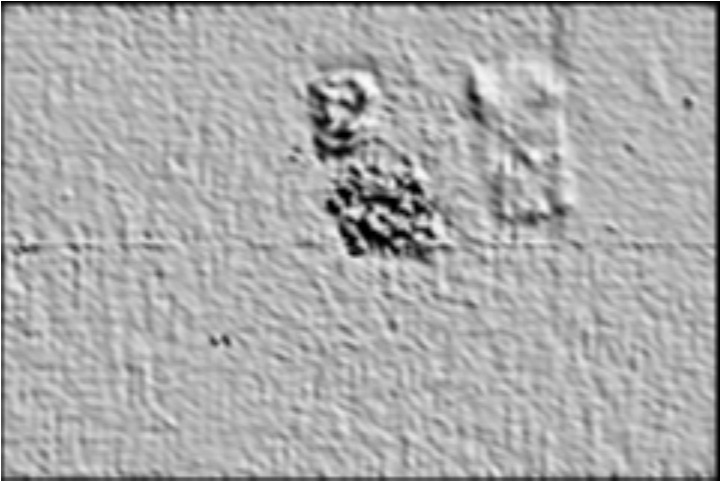
Excavation
We began excavations in the area where the metal detector concentrations overlapped with one of the anomalies in the magnetometer survey.
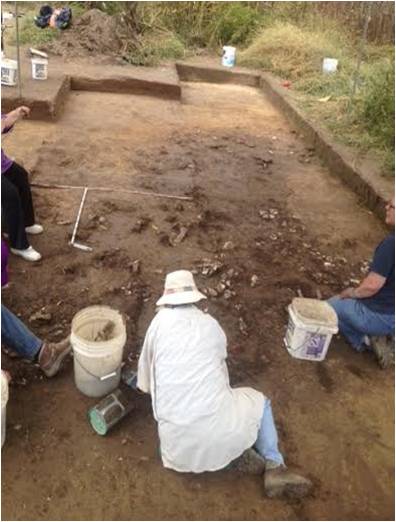
Artifacts
Tobacco Pipes
Several tobacco pipes with makers marks have been identified.
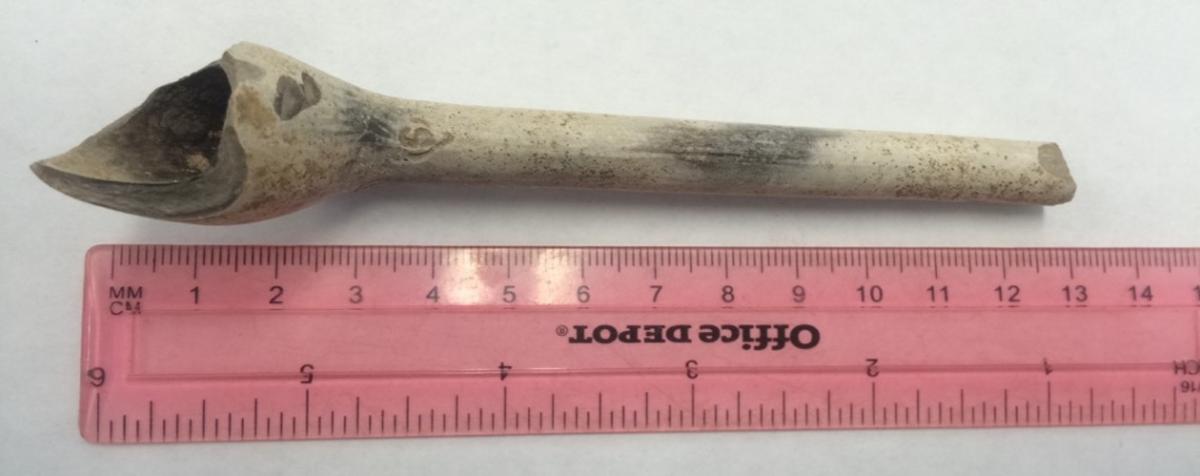
Several pipes with the mark "SV" have been turned up, representing pipe maker Jans Pieters Schoonevelt
Ceramics help us date the site:
North Italian Slipware dates to around the 1650s in this area of Maryland.
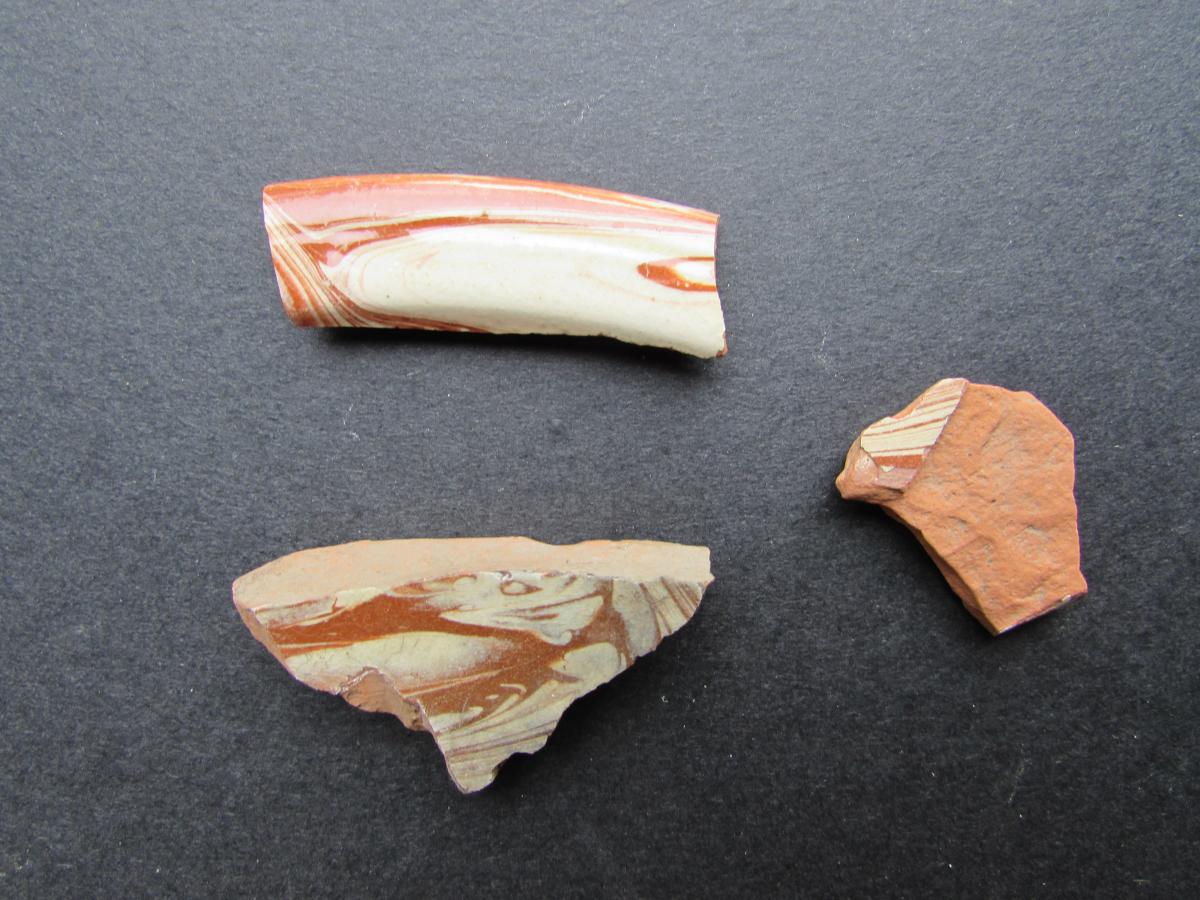
We also have pieces of Majolica, which we define as having a tin glaze on one side with a lead and tin glaze backing. This is likely Mediterranean dating prior to the 1680s.
